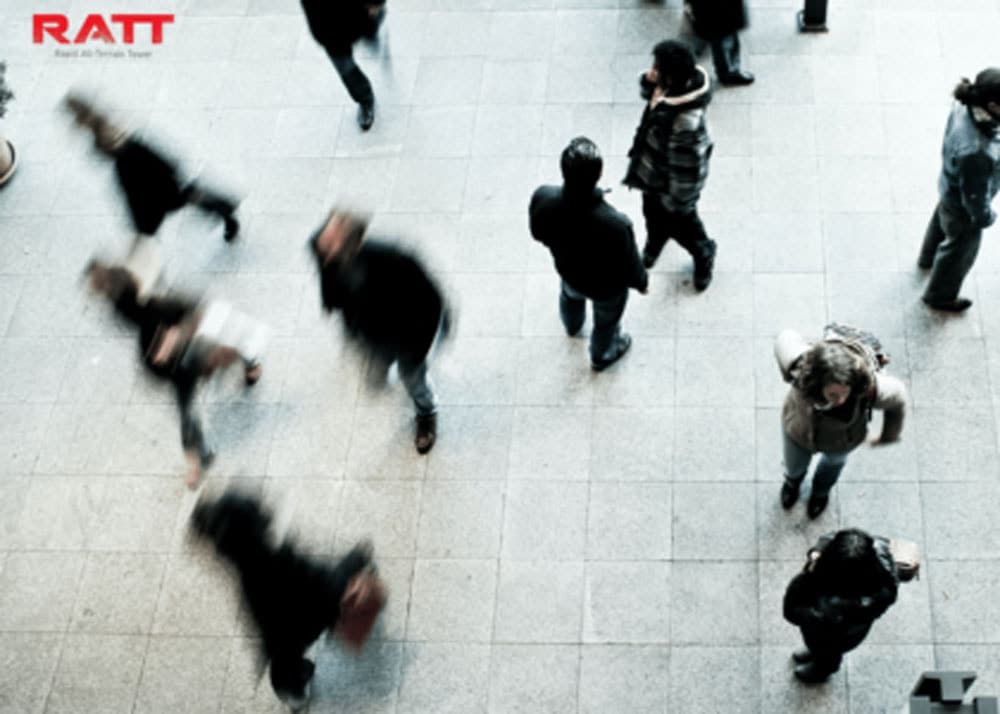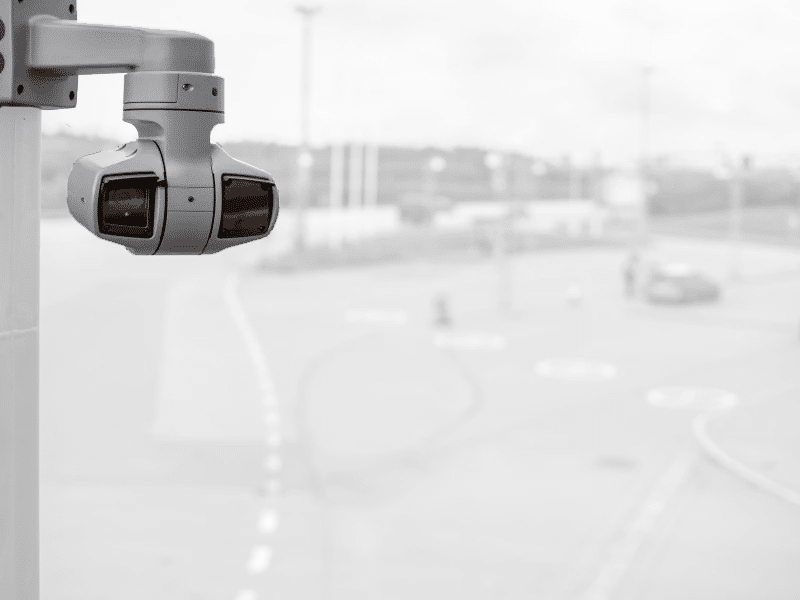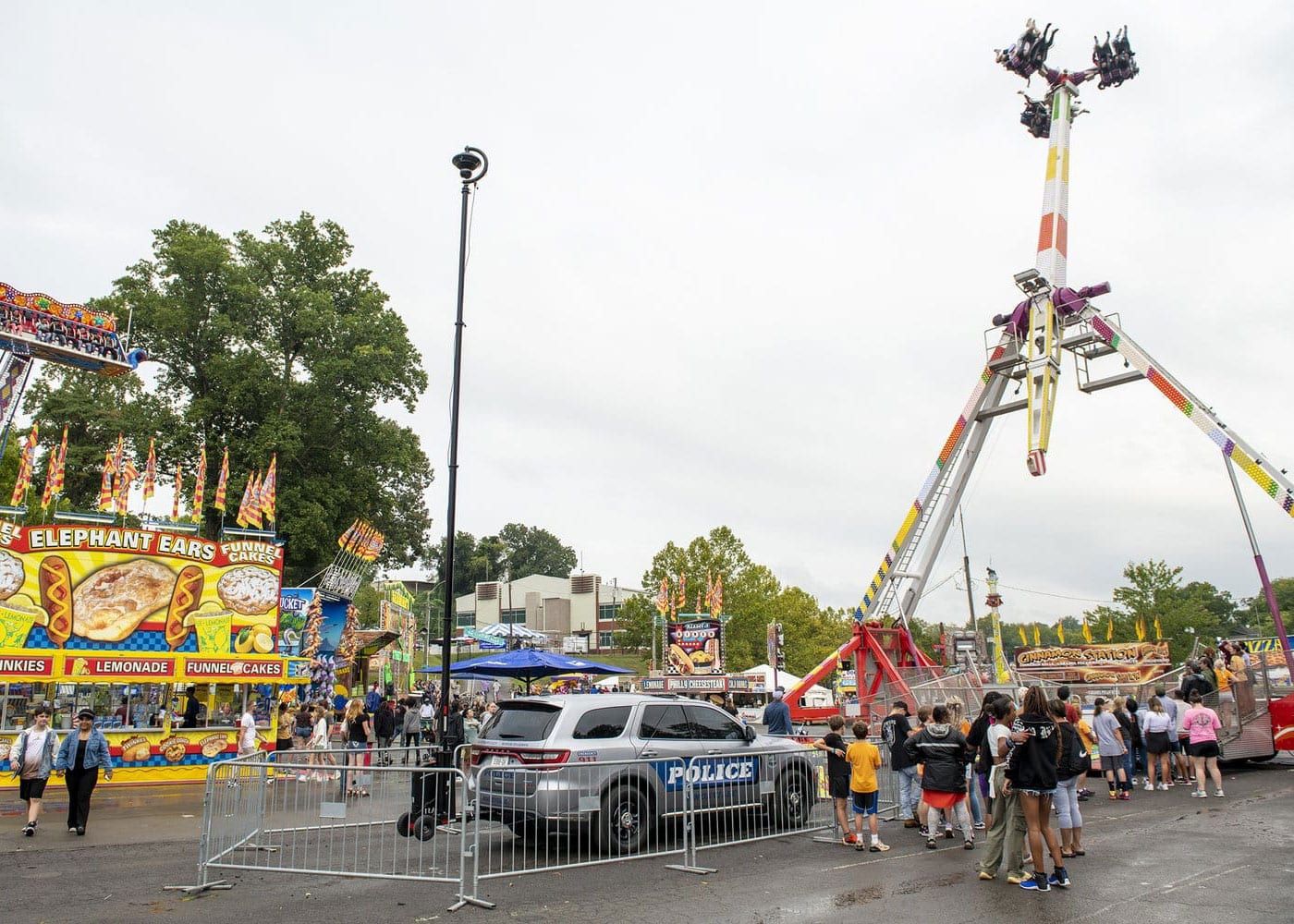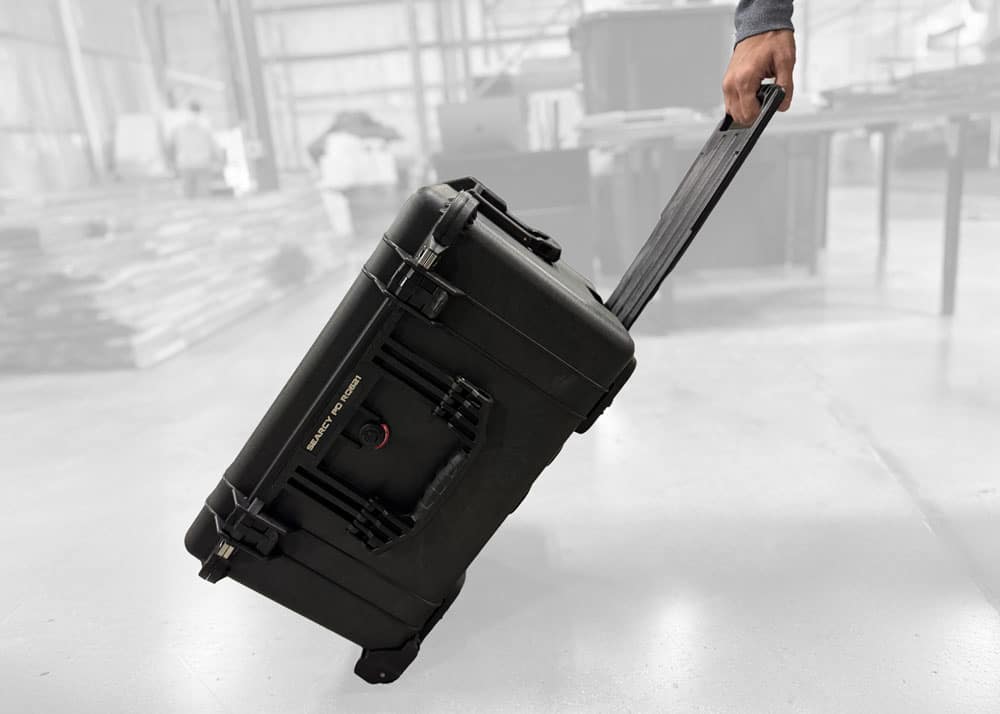As technology reshapes public safety, modern patrol operations are evolving. Departments across the country are combining smart camera placement, strategic scheduling, and flexible surveillance tools to deter crime, improve incident response, and keep officers and communities safer.
The Expanding Role of Security Cameras in Law Enforcement
Surveillance systems—like IP cameras, mobile towers, and AI-powered tools—are now essential to public safety operations. They allow officers to:
- Deter criminal activity through visible presence
- Monitor large areas remotely and in real time
- Collect evidence to support investigations and prosecutions
A long-term study cited by Cornell University found that CCTV surveillance reduced crime by 51% in parking lots and 23% in public transportation areas, showing just how impactful camera coverage can be in targeted zones.
Surveillance systems become even more effective when paired with mobile tools—like telescopic masts or mobile surveillance towers—that allow agencies to scale their reach quickly.
How to Build a Security Camera Monitoring Schedule
A camera is only useful if its footage is reviewed. Without structure, key incidents can slip through the cracks. Agencies should follow a rule of thumb security camera patrol time schedule to balance automation and human oversight effectively.
Suggested Monitoring Framework:
- Daily review: Focus on crime hotspots and critical infrastructure
- Weekly review: Low-risk zones with AI motion detection
- Shift-based assignments: Rotate responsibility for live and stored footage
- Monthly audits: Spot-check footage to refine coverage and discover missed activity
Many departments mix manual review with motion alerts and automated tagging, which reduces false positives and lightens the load on staff.
Strategies to Improve Monitoring Efficiency and Patrol Coverage
Beyond scheduling, law enforcement can boost results by improving how footage is prioritized and aligned with patrol operations:
- Prioritize high-traffic areas such as transit stations and commercial zones
- Leverage AI analytics to flag crowd formation, unusual movement, or loitering
- Match patrol times to data trends, including weekends, holidays, or shift changes
- Coordinate camera placement with patrol routes to speed up in-field response
These proactive patrol techniques create a tighter feedback loop between digital surveillance and ground operations.
Strategic Camera Placement: Where It Counts
Knowing where to install cameras is just as critical as knowing when to review footage. Agencies should rely on crime data, patrol history, and high-traffic patterns to guide placement.
Ideal locations include:
- Intersections and business districts
- Building entrances and exit points
- Areas with recurring activity, based on heatmaps or citizen reports
For elevated visibility, telescopic masts offer rapid setup and are well-suited for both temporary and semi-permanent surveillance environments.
Agencies looking for even greater flexibility can deploy The RATT, a field-swappable surveillance system designed to adapt to changing patrol needs. The RATT can be mounted on a hitch, tripod, or wall, allowing the same core unit to move from vehicle to fixed post to temporary ground deployment—wherever the mission requires coverage.
Key Locations to Deploy Security Cameras for Law Enforcement
Once a general placement strategy is defined, focus on the high-impact zones where surveillance is proven to make a difference:
- Parking garages and public lots
- Downtown intersections and shopping corridors
- Large-scale event zones and fairgrounds
- School campuses and transit hubs
Cameras in these locations can be paired with light towers, emergency call stations, and smart infrastructure for enhanced visibility.
Many departments now also use facial recognition and license plate recognition (LPR) systems to track known suspects or stolen vehicles. These integrations enhance situational awareness and officer safety. In fact, The Guardian reports that London’s Metropolitan Police expanded their use of live facial recognition from a few weekly deployments to ten operations across five days, resulting in 1,000 arrests and 773 charges.
Mobile Surveillance Towers: A Flexible Patrolling Solution
When fixed installations aren’t practical, mobile surveillance towers provide rapid deployment and high visibility. These units are ideal for:
- Crime-prone neighborhoods
- Public demonstrations and protests
- Community events like parades or festivals
These environments often require tools that can be moved and deployed quickly without sacrificing visibility.
Mobile surveillance towers are built for fast setup and repositioning, making them ideal for covering evolving hotspots. Their elevated perspective improves the field of view and enhances overall situational awareness.
With integrated pan–tilt–zoom camera options and connectivity to existing monitoring systems, they provide officers and command staff with clearer, real-time visibility during operations.
How to Choose the Right Surveillance Equipment
Surveillance gear must be purpose-built for the field. Agencies should evaluate systems based on:
- Resolution: High-definition video for identification and evidence
- Night performance: Thermal or infrared capability
- Weatherproofing: IP65+ housing for outdoor deployment
- Mobility: Compatibility with tripods, mounts, and vehicles
- System integration: Ability to link with RTCCs and cloud storage
Explore our range of IP cameras, light towers, and surveillance accessories to find the right solutions for your environment.
Advanced Features to Boost Patrol Effectiveness
Today’s smart cameras do more than capture video. Agencies should look for systems that offer:
- AI-based video analytics that detect behavior anomalies
- Auto-tracking to follow suspects across camera zones
- Cloud-based access for remote viewing and evidence management
- Real-time alerts that notify officers before a threat escalates
These features support both proactive and responsive policing in the field.
Using Live Feeds and Data Analytics to Inform Patrol Strategy
Live video feeds help officers respond in real time, especially when paired with vehicle dashboards or mobile devices. When combined with data analytics, these tools help law enforcement:
- Identify crime trends
- Plan smarter patrol routes
- Monitor activity patterns by time and location
A recent study in Fortaleza, Brazil found that short, high-visibility patrols lowered violent crime by 35%. The effect lasted up to three days and didn’t push crime into nearby areas.
These targeted deployments—especially when supported by mobile surveillance—can make patrols more effective without increasing manpower.
Conclusion: Smarter Strategies for Safer Communities
Surveillance technology is transforming the way law enforcement protects public spaces. With smart scheduling, real-time monitoring, and flexible camera systems like The RATT, departments can move from reactive response to proactive patrol.
Whether you’re managing a major event, deterring theft, or supporting a criminal case, the right combination of tools and strategies makes all the difference.
If your agency is exploring ways to enhance patrol operations or expand your surveillance network, take a closer look at our IP cameras, mobile surveillance towers, and telescopic masts. We’re here to help you build safer communities—one deployment at a time.







